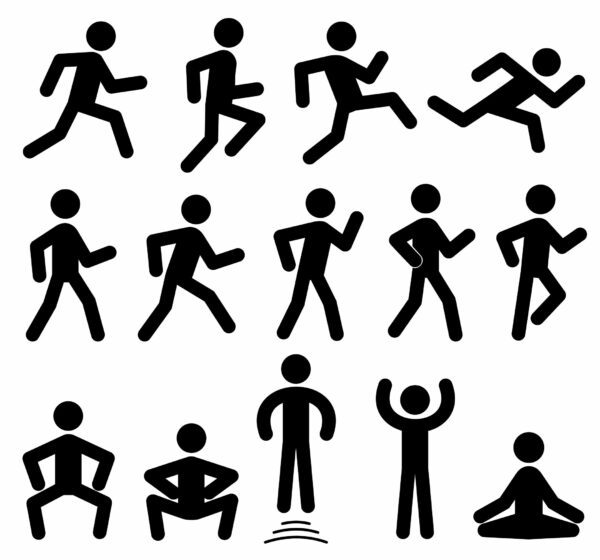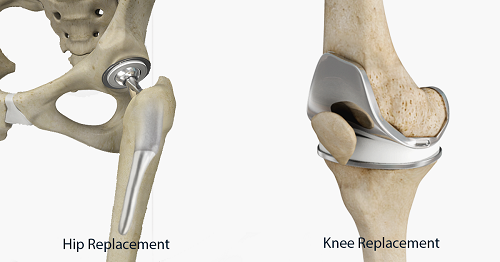
During the COVID-19 pandemic, activity levels dropped for a lot of people. Between stay-at-home orders, gym closures and working from home, people became more sedentary. On top of that, there were shortages of equipment like dumbbells and bicycles, making staying active at home difficult even if you wanted to.
But right now, things look different; vaccines are widely available, restrictions are loosening and people are looking to get active and enjoy the activities they love again. That’s all good news, but if you had a long break from activity, your body might not be ready to jump right back in.
Here are a few tips to help you get more active without getting hurt.
Start Slow
- If you’re a runner, think about a walk-to-run program
- If you’re a weight lifter, start with lighter weights and fewer reps.
- Whatever your activity of choice is, start with short periods of activity and gradually work your way back up.
- Consider working with a Physical Therapist to evaluate your current status, or your Movement Baseline, and develop a return-to-activity plan specific to your body and your goals. All of this can be provided through a Functional Movement Screen.

Warm-up and Cool Down
Warming up gets your heart and lungs ramped up and prepares your muscles and tendons for the increase in activity about to come. Include some light cardio like jogging, calisthenics, or cycling, followed by active stretching like butt kicks, high knees, or yoga.
Cooling down transitions your body back to a lower state of stress – it brings your heart rate and breathing down, decreases blood flow to your muscles and back to places like your digestive system, and helps you relax. It’s also a great place for static stretches if you need some work on your flexibility.
Take a Day Off!
Rest days let your body recover and keep you from getting burned out. Not enough exercise isn’t good for you, but too much of a good thing can cause problems too. Be sure to get an adequate number of hours of good quality sleep, not only on rest days but on work-out days as well.
Watch for Early Signs of Injury
Some soreness for a few days after the activity is normal, especially if you’ve had a long break. But there are a few common issues to watch out for as you return to activity:
- Swelling or bruising
- Joint pain, especially in the knees or shoulders
- Foot pain, which could be a sign of plantar fasciitis
- Muscle strains – particularly common in the hamstrings
- Sprains – most common in the ankle
Any of these issues justifies a call to your physical therapist. Getting checked out early can prevent an injury that derails your attempt to return to activity. PTs see all of the issues just mentioned on a regular basis and can help safely guide you back into a more active lifestyle.
Thank you to the APTA Private Practice Section for providing the content for this blog.
Keep Reading…
Achilles Tendonitis
The Achilles tendon is the thick band of tissue at the back of the heel that connects the calf muscle to the heel. Achilles tendonitis occurs if that tendon becomes irritated and tightened due to chronic stress, usually from a dramatic increase in training mileage, and makes up 11% of running injuries according to a Runner’s World article. It’s best to address this type of injury right away because if the tendon becomes chronically irritated and
IT Band Syndrome
Pain experienced at the outer part of the knee is likely to be related to the IT band, the strip of connective tissue that runs along the outer part of your thigh from the hip to the knee. According to a Runner’s World article,
Runner’s Knee (Patellofemoral Pain Syndrome)
According to a recent article published in U.S. News, 5 Common Running Injuries and How to Heal Them, 50% of running injuries are estimated to occur at the knee. If you are a runner that experiences pain in the kneecap during activities like running, squatting, prolonged sitting, or going down the stairs, you likely have patellofemoral pain syndrome (PFPS), or “runner’s knee”.
Preoperative Physical Therapy: How to decrease cost
“Health-care costs following acute hospital care have been identified as a major contributor to regional variation in Medicare spending” (Snow et al., 2014)
Physical Therapy: Early and Frequent Mobility
The phrase “early and frequent mobility” is being used all across the medical field, from a health and wellness point of view, to patient care in ICU. For many years physical therapists have promoted this treatment strategy. Physical therapists can provide interventions to improve patient quality of life through all stages of healing; acute, subacute and chronic. Why wait until the chronic stage of an injury to get treatment, “current evidence suggests
Lumbar disc herniations: Spontaneous healing and the accuracy of MRI

Magnetic resonance imaging, more commonly known as MRI, can be a valuable and important tool but how reliable is it? MRI’s are utilized by many physicians in the diagnosis and management of musculoskeletal injuries. An important thing to keep in mind is that






